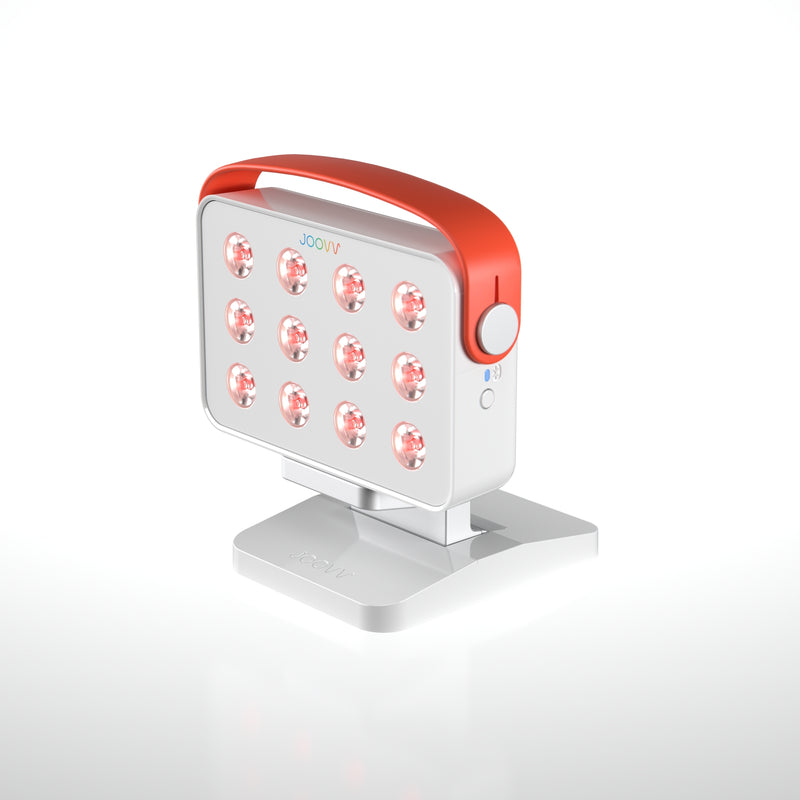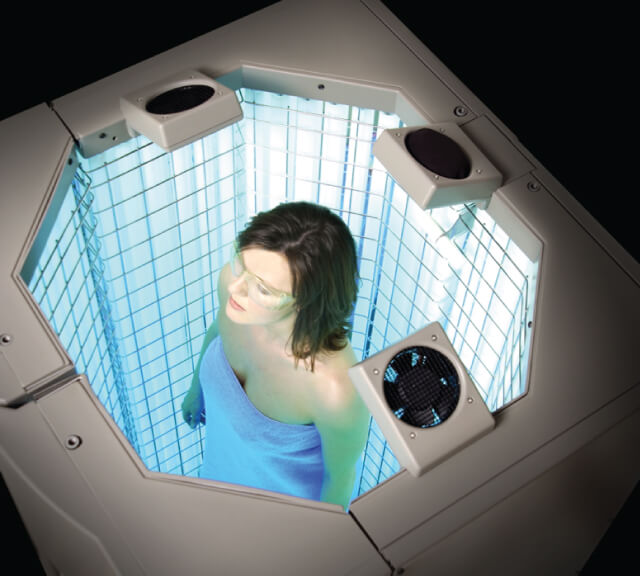In-Depth Insights into PBM Therapy for Discomfort Monitoring
Wiki Article
Unlocking the Possible of Photobiomodulation: A Promising Approach for Restorative Treatment
Are you interested concerning the possibility of photobiomodulation for healing treatment? By targeting certain mobile procedures, photobiomodulation has actually revealed prospective in speeding up wound healing, decreasing pain, and promoting tissue regrowth. In this intro, we will explore the mechanisms of activity, applications in medication, and the current evidence sustaining the efficiency of photobiomodulation.Comprehending Photobiomodulation
To comprehend photobiomodulation, you need to grasp the concept of just how light treatment can directly affect mobile procedures in your body. Photobiomodulation, also called low-level light treatment, is a non-invasive treatment that uses particular wavelengths of light to stimulate biochemical responses in your cells. When subjected to these light wavelengths, your cells absorb the power and transform it into mobile power, understood as adenosine triphosphate (ATP) This increase in ATP manufacturing brings about a cascade of cellular feedbacks, consisting of boosted metabolism, boosted flow, and increased manufacturing of collagen and other proteins.The restorative effects of photobiomodulation are far-reaching and have actually been studied thoroughly in various medical areas. It has revealed appealing outcomes in advertising tissue repair service and regeneration, decreasing swelling, soothing pain, and improving injury healing. In addition, photobiomodulation has actually been found to have a positive influence on neurological conditions, such as distressing mind injury and stroke, by stimulating neural activity and advertising neuroplasticity.
Unlike other treatments, photobiomodulation does not create or generate any kind of warmth cells damages. It is crucial to note that photobiomodulation ought to be administered by trained specialists or according to the manufacturer's instructions to guarantee optimal results and safety.

Mechanisms of Activity
In recognizing the systems of action, you will certainly uncover just how photobiomodulation directly influences mobile processes via details biochemical reactions. When light is put on the body, it is soaked up by chromophores, such as cytochrome c oxidase and flavins, which exist in the mitochondria. This absorption results in a waterfall of events that ultimately cause mobile changes.Photobiomodulation enhances the task of cytochrome c oxidase, a crucial enzyme in the mitochondria that is involved in the electron transport chain. As an outcome, mobile metabolic process is improved, promoting tissue repair work and regrowth.
Moreover, photobiomodulation has actually been shown to regulate cellular signaling paths. It triggers different growth variables and signifying molecules, such as nitric oxide and responsive oxygen species, which play vital roles in procedures like swelling, angiogenesis, and cell spreading. These signaling pathways add to the healing effects of photobiomodulation, advertising cells healing and lowering discomfort and inflammation.
Applications in Medicine
Explore the wide-ranging applications of photobiomodulation in medicine. Photobiomodulation, likewise called low-level light therapy, is a non-invasive treatment that uses light to stimulate mobile processes and advertise recovery. In medicine, this method has actually shown promising results across numerous areas.Among the primary applications of photobiomodulation is in pain management. photobiomodulation. It has been used to reduce both acute and persistent discomfort, including bone and joint problems, neuropathic discomfort, and post-operative pain. By targeting the affected area with certain wavelengths of light, photobiomodulation can decrease inflammation, advertise tissue repair work, and give alleviation
Additionally, photobiomodulation has actually shown possible in wound recovery. It can speed up the recovery process by improving cell proliferation, promoting angiogenesis, and reducing scar cells development. This has considerable effects in the treatment of persistent wounds, such as diabetic ulcers and stress sores.
In dermatology, photobiomodulation has actually been utilized for its anti-inflammatory and regenerative effects. It can boost the appearance of scars, decrease acne lesions, and boost hair growth in conditions like androgenetic alopecia.
In addition, photobiomodulation has actually revealed assurance in neurorehabilitation. It click here now can boost cognitive feature, improve motor my website recuperation, and help in the treatment of neurodegenerative diseases like Alzheimer's and Parkinson's.
Medical Evidence and Study Searchings For

In the area of musculoskeletal conditions, photobiomodulation has actually been discovered to minimize discomfort and inflammation, improve range of motion, and accelerate cells repair service. Furthermore, photobiomodulation has shown positive results on injury healing by promoting collagen angiogenesis, synthesis, and fibroblast expansion.
Moreover, study has actually shown that photobiomodulation can have neuroprotective and neuroregenerative effects. It has actually been discovered to improve cognitive feature, decrease neuroinflammation, and improve neuronal survival and synaptic plasticity. This has crucial effects for the treatment of neurological conditions such as Alzheimer's disease, Parkinson's illness, and stroke.
Future Directions and Potential Challenges
Moving on, it is very important to consider the possible obstacles and future directions bordering using photobiomodulation as a therapeutic treatment. One crucial future direction is the expedition and optimization of application criteria. Presently, there is no agreement on the ideal wavelength, intensity, duration, and frequency of photobiomodulation therapy. Additional research is needed to understand the dose-response relationship and develop evidence-based standards for medical technique.An additional crucial future direction is the development of mobile and affordable photobiomodulation gadgets. While existing gadgets are effective, they are often bulky, costly, and call for professional supervision - pbm therapy. The growth of straightforward and inexpensive gadgets would substantially improve access to this therapy, permitting more people to profit from its potential healing effects
Furthermore, future research must concentrate on elucidating the systems underlying photobiomodulation. Despite its growing appeal, the specific mechanisms by which photobiomodulation exerts its healing effects are not fully comprehended. Recognizing these devices would certainly not just enhance our knowledge of the treatment yet also aid in the development of even more targeted and efficient treatments.
However, there are also prospective difficulties that need to be attended to. photobiomodulation laser. These consist of the demand for standard procedures, the requirement for well-designed clinical trials with bigger example dimensions, and the requirement for long-lasting follow-up research studies. Regulatory and safety factors to consider have to be taken hop over to here into account to guarantee the safe and reliable use of photobiomodulation in clinical technique.
Verdict
In final thought, photobiomodulation holds terrific promise as a healing intervention in medication. Its mechanisms of activity and medical proof suggest its possible for treating different conditions. Further research study is required to completely recognize its benefits and resolve any prospective obstacles. With continuous researches and developments in this area, photobiomodulation has the potential to open brand-new possibilities for enhancing patient results.Are you curious about the potential of photobiomodulation for restorative treatment? By targeting specific cellular procedures, photobiomodulation has actually shown potential in increasing injury recovery, lowering discomfort, and promoting tissue regeneration.In addition, photobiomodulation has actually shown possible in injury recovery.Moving forward, it is essential to take into consideration the potential challenges and future directions surrounding the use of photobiomodulation as a therapeutic intervention. With ongoing studies and developments in this field, photobiomodulation has the prospective to unlock new opportunities for boosting client results.
Report this wiki page